The image of Shiva Nataraja, the Lord of the Dance, is a powerful and enduring symbol in Eastern art and mythology. More than just a depiction of a deity, the Shiva Dance, or Tandava, embodies profound philosophical concepts about the universe, creation, destruction, and the human condition. This exploration delves into the rich symbolism of Shiva Nataraja, drawing inspiration from personal reflections and art historical context, to offer a deeper understanding of this iconic representation.
My personal journey with eastern art and mythology began during my art school years, driven by a desire to understand the universal impulse to create. Amidst the diverse artistic expressions across cultures, the image of Shiva Nataraja resonated deeply and became a recurring point of contemplation throughout my life. This article is an exploration of that enduring fascination and the wisdom embedded within the Shiva dance.
Shiva Nataraja: Lord of Dance and the Cycle of Existence
The depiction of Shiva as Nataraja, the cosmic dancer, transcends a mere static representation. It is a dynamic portrayal of divine energy in perpetual motion. The Shiva dance is not just any dance; it is the Tandava, a divine dance that embodies the cyclical nature of the universe – creation, preservation, destruction, and regeneration.
The Meaning of Nataraja: Creation, Destruction, and Balance
Standing before a mirror in a period of personal introspection, the pendant of Shiva Nataraja became a focal point. This image, encountered during art history studies, returned to mind, resonating with the feeling of being at a crossroads. Dr. Carl Lunde, my art history professor, emphasized the balance inherent in the image: “Do you see that Shiva is balanced on one foot? He is balanced between creation and destruction. Do you see?” This question, delivered with passionate intensity, highlighted the central theme of balance within the Shiva dance.
Shiva Nataraja is poised on one leg, balanced within a flaming halo, representing the universe itself. This posture is not merely aesthetic; it signifies equilibrium between opposing forces. The dance occurs within the ‘Prabha Mandala’, the circle of fire, symbolizing the cosmic energy and the boundaries of the universe. The dance is perpetual, a continuous flux of energy that sustains existence.
The Four Arms of Shiva: Symbolism in Motion
Each of Shiva’s four arms holds symbolic objects and gestures, known as mudras, further enriching the meaning of the Shiva dance:
-
Damaru (Drum) in the Upper Right Hand: The small drum, or damaru, symbolizes creation. Its rhythmic beat is believed to be the sound of primordial sound, the vibration that initiates the universe and sets creation into motion.
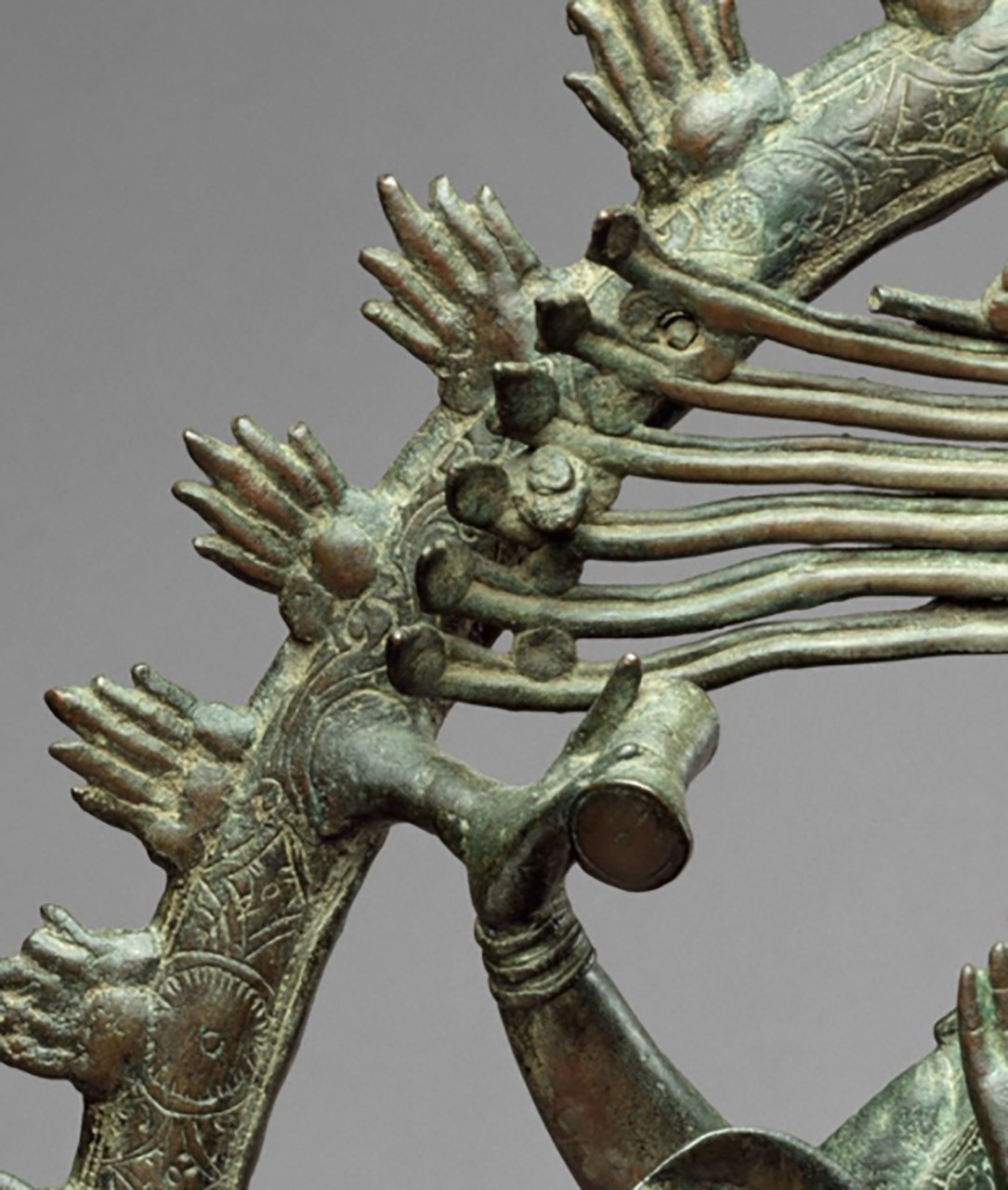 Damaru: The Drum of Creation
Damaru: The Drum of Creation -
Agni (Flame) in the Upper Left Hand: Opposite to the drum, the flame, or agni, in the upper left hand represents destruction and annihilation. However, this destruction is not purely negative; it is transformative. It signifies the necessary dissolution of the old to make way for the new, completing the cosmic cycle.
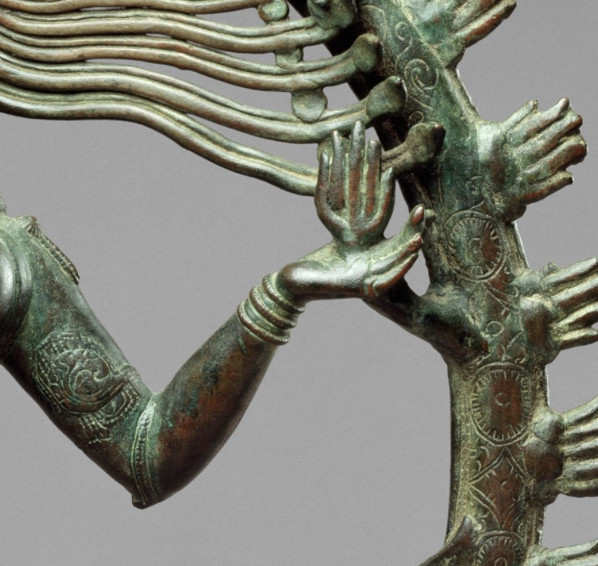 Agni: The Flame of Destruction
Agni: The Flame of Destruction -
Abhaya Mudra (Fear-Not Gesture) in the Lower Right Hand: The lower right hand is raised in the Abhaya Mudra, a gesture of reassurance and blessing. It means “fear not,” offering solace and protection to devotees. Even with the cobra, a symbol of danger and transformation, coiled around the arm, the message is of courage and fearlessness.
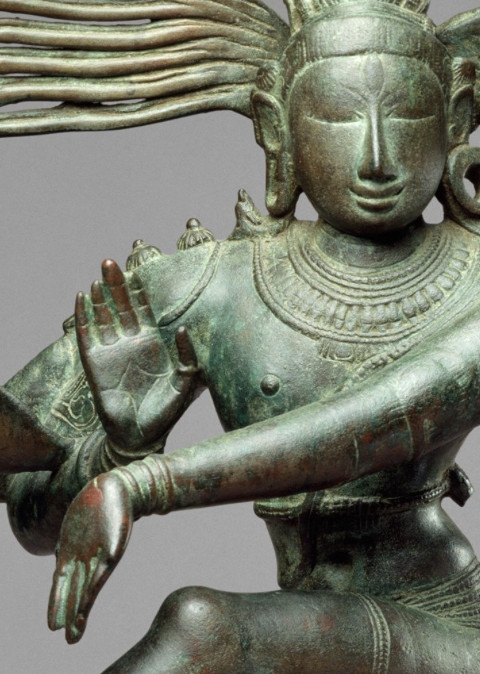 Abhaya Mudra: Gesture of Fearlessness
Abhaya Mudra: Gesture of Fearlessness -
Gajahasta Mudra (Elephant Trunk Gesture) in the Lower Left Hand Pointing Downwards: The lower left hand extends across the body and points downwards towards the raised foot. This gesture, known as Gajahasta mudra, resembling an elephant’s trunk, directs attention to the uplifted foot, signifying liberation and refuge. It can also be interpreted as grounding the cosmic dance in the earthly realm, or as an invitation to surrender to the divine.
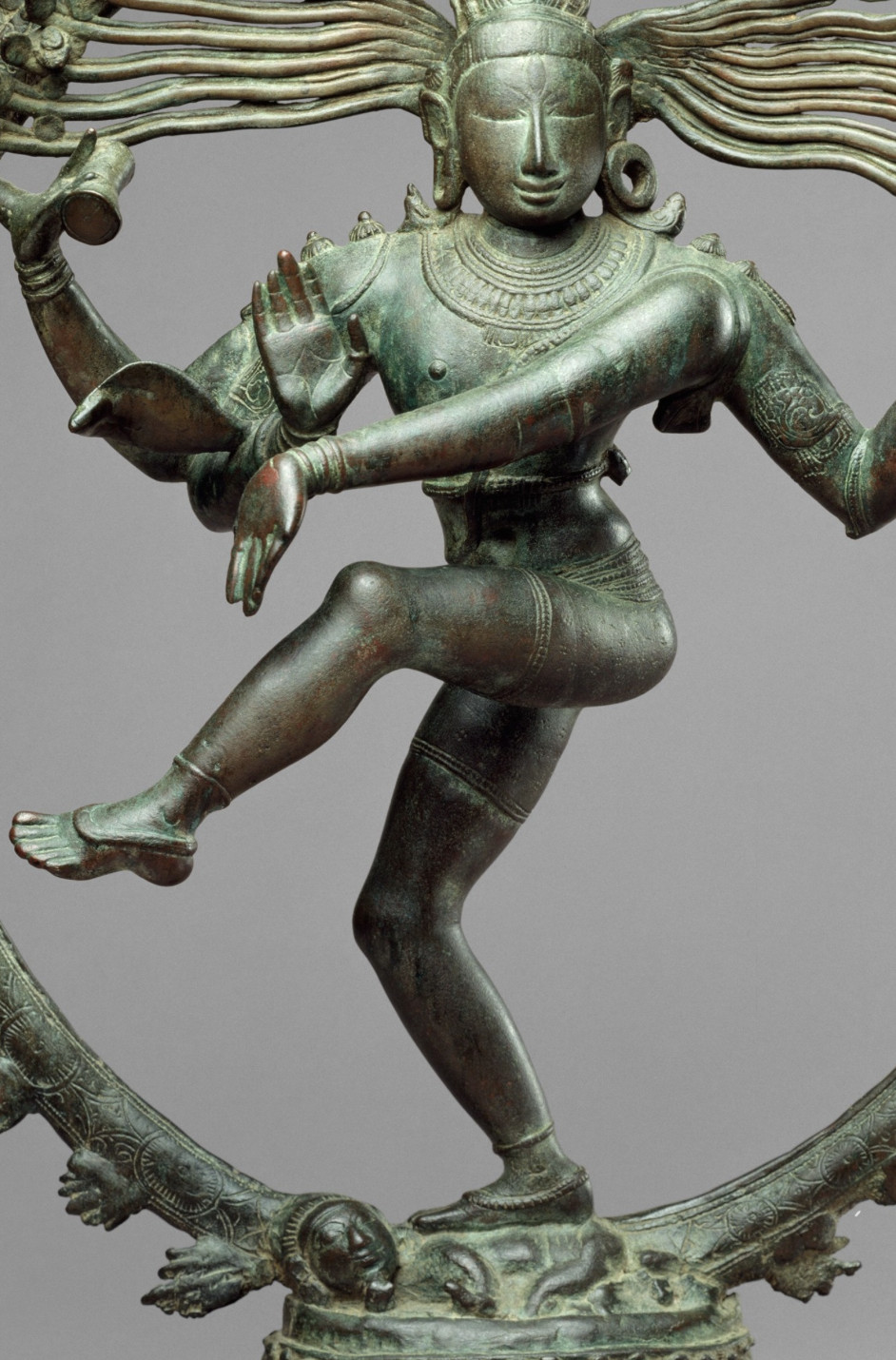 Gajahasta Mudra: Pointing to Liberation
Gajahasta Mudra: Pointing to Liberation
The Archetype of Shiva Dance: A Universal Symbol
The Shiva dance is not merely a religious icon; it resonates as a powerful archetype, tapping into the collective unconscious, as Carl Jung described. The imagery transcends cultural boundaries, speaking to universal human experiences of creation, destruction, and the search for balance and meaning.
Personal Connection to Shiva: Finding Meaning in the Dance
The personal resonance with Shiva Nataraja emerged unexpectedly at a young age. Years before formally studying eastern art, a painting created at sixteen unknowingly mirrored the symbolism of the Shiva dance. This youthful artwork, depicting a figure emerging from the ocean, with one hand raised and the other holding a flame within a circular frame, prefigured the archetypal imagery of Nataraja. This experience suggests an intuitive connection to the deep symbolic language embodied by Shiva.
 Early Painting: Intuitive Archetypal Expression
Early Painting: Intuitive Archetypal Expression
Shiva and the Demon of Ignorance: Overcoming the Ego
Shiva Nataraja stands with one foot crushing a dwarf-like figure, Apasmara, the demon of ignorance. This detail is crucial to understanding the ethical dimension of the Shiva dance. Apasmara represents ignorance, ego, and illusion – the forces that obscure our true nature and prevent us from realizing our potential.
The act of Shiva trampling Apasmara symbolizes the conquest of ignorance through knowledge and self-awareness. It is a call to wrestle with our inner demons, the egoic attachments and false narratives that hold us back from living authentically and consciously. Aldous Huxley referred to this ego as an obstacle, and the Shiva dance visually embodies the need to overcome this “demon of ignorance.”
Connecting to the Collective Unconscious: Shiva’s Timeless Wisdom
The image of Shiva Nataraja, therefore, is not just an external deity, but a mirror reflecting our inner landscape. It prompts self-reflection: “What is that thing that you wrestle with? Do you even know you are wrestling?” The demon of ignorance can manifest in various forms – stress, conflict, unprocessed trauma, or negative self-perceptions.
Just as Shiva is balanced in his dance, we too are constantly navigating the delicate balance between creation and destruction in our own lives. The Shiva dance reminds us of our inherent capacity for both, and the importance of conscious choices in directing our energy towards creation and growth, rather than self-annihilation.
The Mudras and Deeper Meanings in Shiva’s Pose
The mudras, or hand gestures, in the Shiva dance are not merely decorative; they are a language of symbolism, conveying profound messages about the divine and our relationship to it.
Hand Gestures: Communication Beyond Words
As previously mentioned, each hand in the Nataraja depiction performs a specific mudra, contributing to the overall narrative of the dance. These gestures are also found in Buddhist iconography, highlighting the shared symbolic language across Eastern spiritual traditions. For example, the Buddha’s gesture of “calling the Earth to witness” shares a similar sense of grounding and connection to the earthly realm as the downward-pointing hand in the Shiva dance.
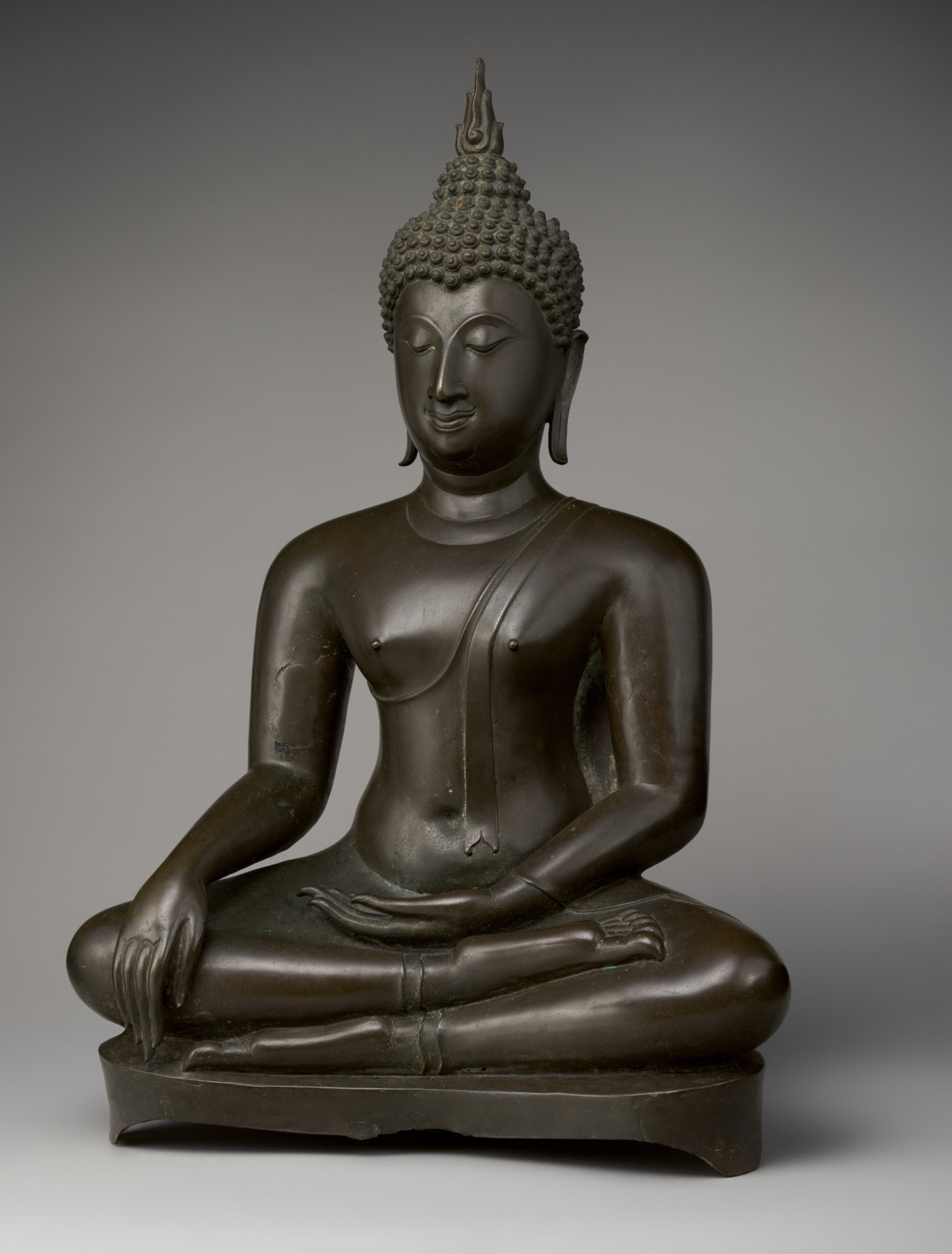 Buddha Calling the Earth to Witness
Buddha Calling the Earth to Witness
Folding with the Universe: Meditation and Inner Exploration
The downward-pointing hand in the Shiva dance, in particular, evokes a feeling of introspection and inward focus. This gesture resonates with the concept of “folding” in contemplative meditation, a practice of turning inward to explore the depths of consciousness.
“Folding” involves allowing thoughts and feelings from the unconscious to surface and engaging with them with mindful attention. This process, though sometimes uncomfortable, is a path to self-understanding and healing. The Shiva dance, in this interpretation, becomes a visual metaphor for this meditative process – a dance of consciousness engaging with both the seen and unseen aspects of existence.
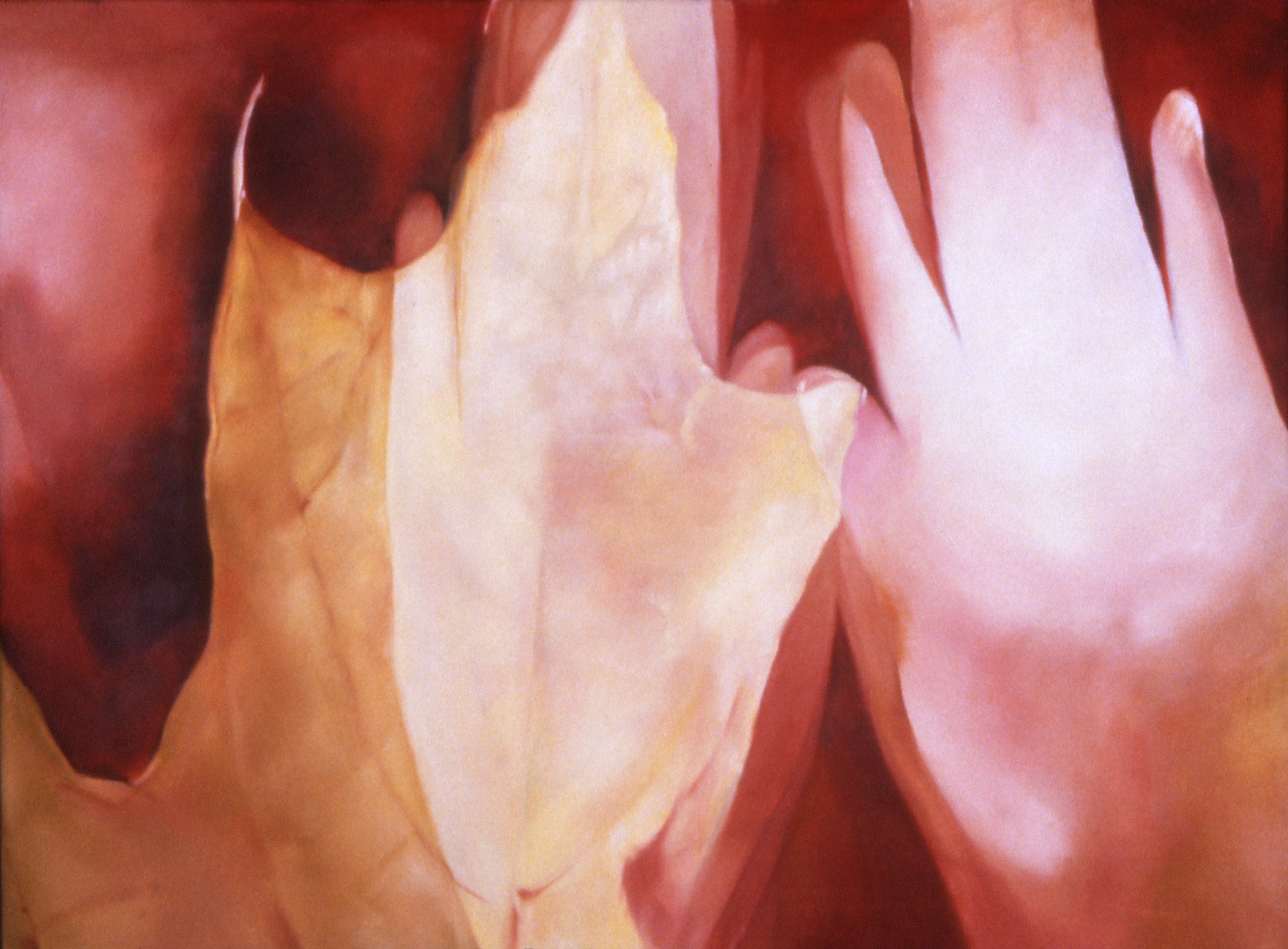 Mudra: Daev Finn @ 1989
Mudra: Daev Finn @ 1989
By “folding” inward, we can confront our “demon of ignorance,” understand our triggers, and gain insight into our patterns of self-destruction. This process of inner exploration, mirrored in the Shiva dance, offers a path towards liberation from suffering and a deeper connection to our true selves.
Embracing the Shiva Within: Your Personal Dance of Life
The symbolism of Shiva Nataraja is not limited to ancient mythology; it holds profound relevance for contemporary life. The Shiva dance can be seen as a metaphor for the daily choices we face and the ongoing process of navigating the complexities of existence.
Shiva as a Mirror: Reflecting on Choices and Existence
“We are all Shiva,” adopting this perspective means acknowledging the universal truths embedded in the symbolism of Nataraja. It is not about religious conversion, but about recognizing the psychological and spiritual wisdom inherent in this ancient image. Each day, we engage in our own “dance of the universe,” making choices that lean towards creation or destruction, both for ourselves and those around us.
This realization prompts a critical self-examination: “How often do people find their way with a glass of alcohol, or a toke of weed?” These, and other self-destructive patterns, can be seen as attempts to suppress the inner “voices” that seek to be heard. However, true balance, as depicted in the Shiva dance, comes not from suppression, but from conscious engagement with these inner forces.
Finding Balance in the Dance: Practical Application of Shiva’s Symbolism
The Shiva dance serves as a constant reminder of the need for balance. Just as Shiva is poised between creation and destruction, we too must strive for equilibrium in our lives. Understanding the symbolism of the drum and the flame, the fear-not mudra and the pointing hand, offers a framework for navigating life’s challenges with greater awareness and intention.
By meditating on the image of Shiva Nataraja, we can cultivate a deeper understanding of our own “dance,” our own choices, and our own potential for both creation and destruction. We can learn to recognize and confront our “demon of ignorance,” and ultimately, find balance and harmony within ourselves and in our relationship with the universe.
Conclusion: The Enduring Relevance of the Shiva Dance
The Shiva dance of Nataraja is more than just an artistic representation; it is a profound visual philosophy. It encapsulates the cyclical nature of the universe, the eternal dance of creation and destruction, and the human quest for balance and self-understanding. By delving into the symbolism of Shiva Nataraja, we can gain valuable insights into our own lives, our choices, and our place within the cosmic dance. This ancient wisdom continues to resonate, offering timeless guidance for navigating the complexities of human existence and embracing our potential for conscious creation.
